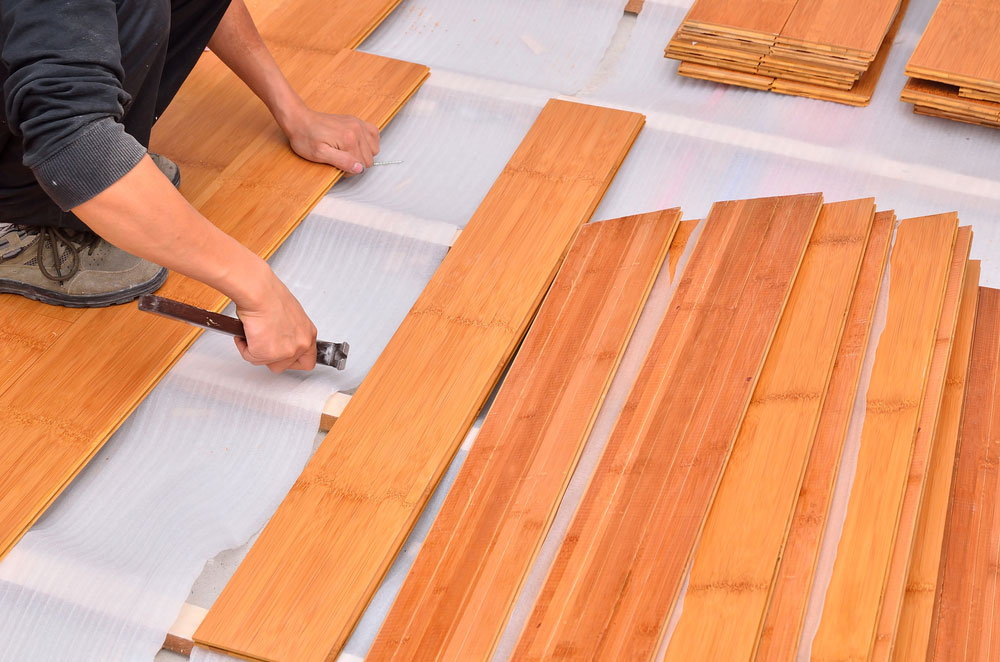Get A Free Legal Consultation
- We fight to maximize your results
- Many clients get results in as few as 90 days
- No out-of-pocket costs for you or your family






Almost every product used by carpenters before the mid-1970s had the potential to contain asbestos. Without sufficient protection or prior warning, many carpenters and construction workers spent day after day breathing in deadly asbestos fibers.
Medical researchers knew as early as the 1930s that breathing airborne asbestos could cause a variety of diseases, such as mesothelioma. Although many manufacturers have phased out products that contain asbestos over the past couple decades, contaminated building materials still exist at countless job sites, placing carpenters at serious risk of illness or death.
Call (800) 326-8900 now to see if our asbestos attorneys can help your family secure compensation after a mesothelioma diagnosis. It costs nothing to speak with us.
Until the late 1970s, asbestos was often used in many common materials in the commercial, residential and maritime construction industries. Manufacturers added asbestos to thousands of different products to make them stronger and more fire-resistant. Working alongside a variety of different tradespeople, carpenters often encountered this toxic substance, which was a component in materials such as:
Working in close proximity with these materials, carpenters performed routine tasks such as hammering, sawing, or sanding which often caused asbestos particles to be released in the air.




Several types of construction workers may have been exposed to asbestos. These workers include, but are not limited to:
Drywall workers are at high risk for asbestos-related diseases. Many of the materials they used daily, such as drywall tape, joint compound and textures, often contained asbestos. Mixing or sanding these asbestos materials released asbestos fibers into the air on many job sites. Plasters also patched holes in drywall with asbestos compounds. Dry-sweeping after project completion caused even greater levels of asbestos exposure.
Masonry workers once mixed raw asbestos into compounds for bricks, stones or blocks. After preparing these materials, bricklayers faced additional exposure hazards by cutting them down to size and securing them in place with asbestos adhesives or concretes. Masonry workers may also have created asbestos dust by scraping up dry, asbestos-containing mortar to prep the surface for new bricks.
Asbestos shingles and tiles pose serious exposure hazards for construction workers. Tile setters once mixed and spread asbestos containing grout or removed it while upgrading a building’s flooring. Roofers often sprayed asbestos-contaminated asphalt cutback or asphalt emulsions onto finished roofs, or tore up old roof flashings as they installed new ones. Roof shingles, tar paper and underlayment also frequently contained asbestos – exposing workers during cutting or roof removal.
Many of these workers sprayed asbestos spackling compounds on surfaces before they painted them. A few of the workers even used asbestos paint or textured coatings that listed asbestos as an ingredient.
Demolition or renovation projects on older buildings, especially structures built before the 1970s, pose a continued asbestos exposure risk for carpenters. Asbestos dust can spread around jobsites easily and expose people who never even handled asbestos directly. Even worse, workers can bring the dust home on their clothes, hair or tools, placing their families at risk of secondary exposures that can be just as deadly.
Simmons Hanly Conroy cares passionately for victims of mesothelioma and has devoted nearly a decade of our practice towards helping these individuals find justice, and oftentimes compensation, for their suffering and family trauma. Our pro-bono work, advocacy for mesothelioma victims, and support for mesothelioma research are all ways we strive to battle mesothelioma and make the world a better, healthier place. If you or a loved one is dealing with the effects of asbestos exposure related to carpentry work, please fill out the form below to schedule a free legal consultation.